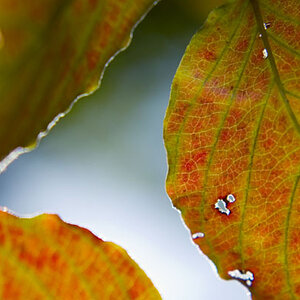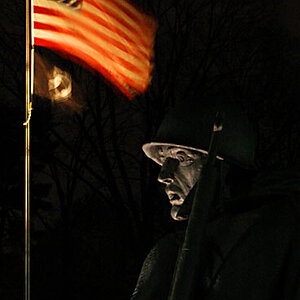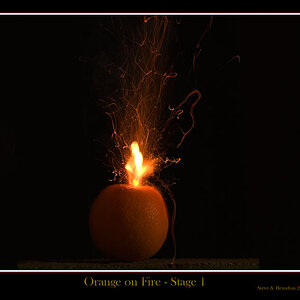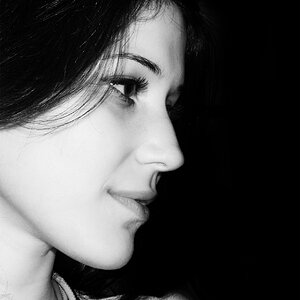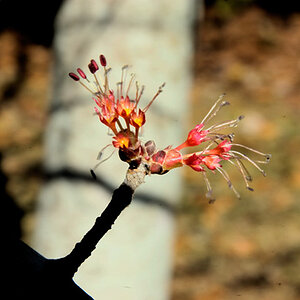Petraio Prime
TPF Noob!
- Joined
- May 28, 2010
- Messages
- 1,217
- Reaction score
- 0
- Location
- Ohio
- Can others edit my Photos
- Photos NOT OK to edit
Oh and yes..I don't really like how nikon has the motor thing going on. If I would have known that the next step up from the D60 had a built in motor, I would have spent the extra money to get a D90..Instead I had to buy a 50mm lens for almost 500 dollars!
This was what I was referring to, about the Canon system being designed from the ground-up as an autofocus system. The Nikon system has a sort of Jerry-rigged approach.



![[No title]](/data/xfmg/thumbnail/37/37114-2bba6b6cc4df1fe53588503fb35af8dd.jpg?1619737883)
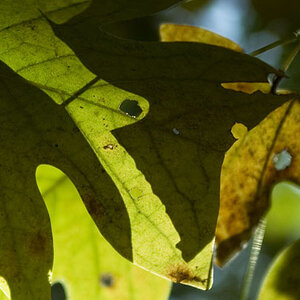
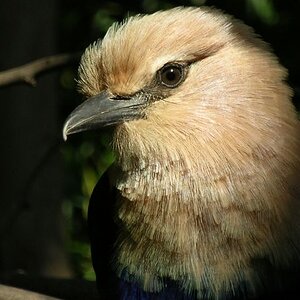
![[No title]](/data/xfmg/thumbnail/37/37112-9474bbad05f760cbef79df3379b23509.jpg?1619737882)
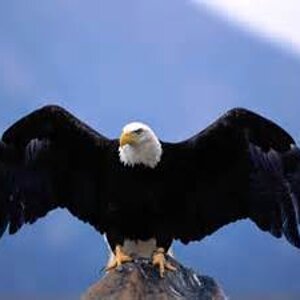
![[No title]](/data/xfmg/thumbnail/42/42059-61b97bbebb00e6276672551f4e3b3e43.jpg?1619739995)
